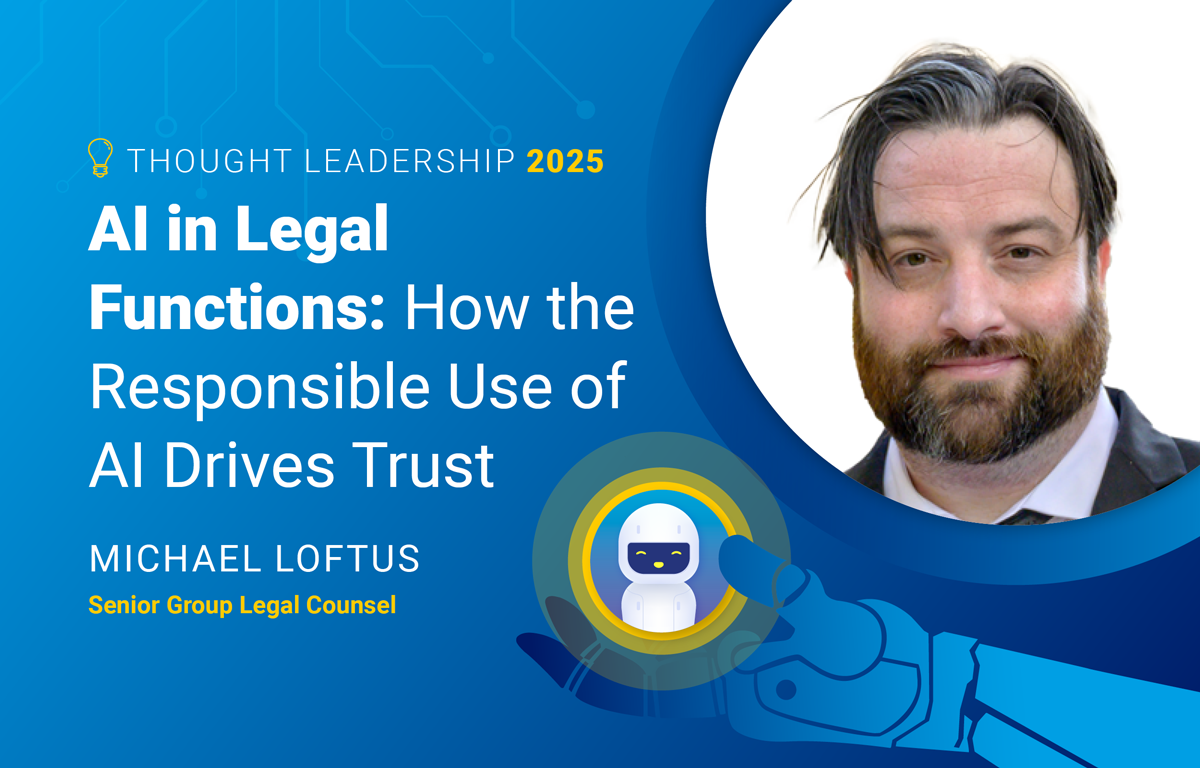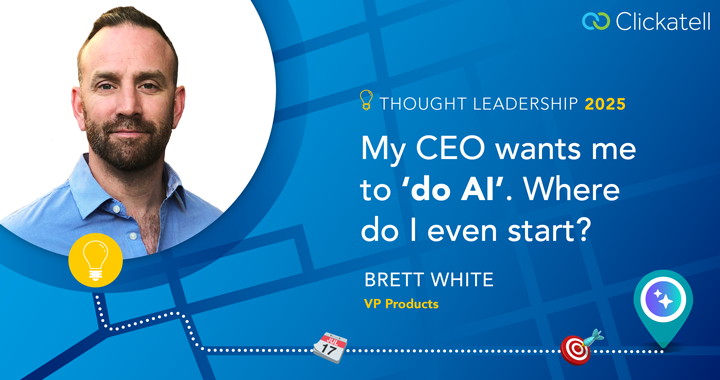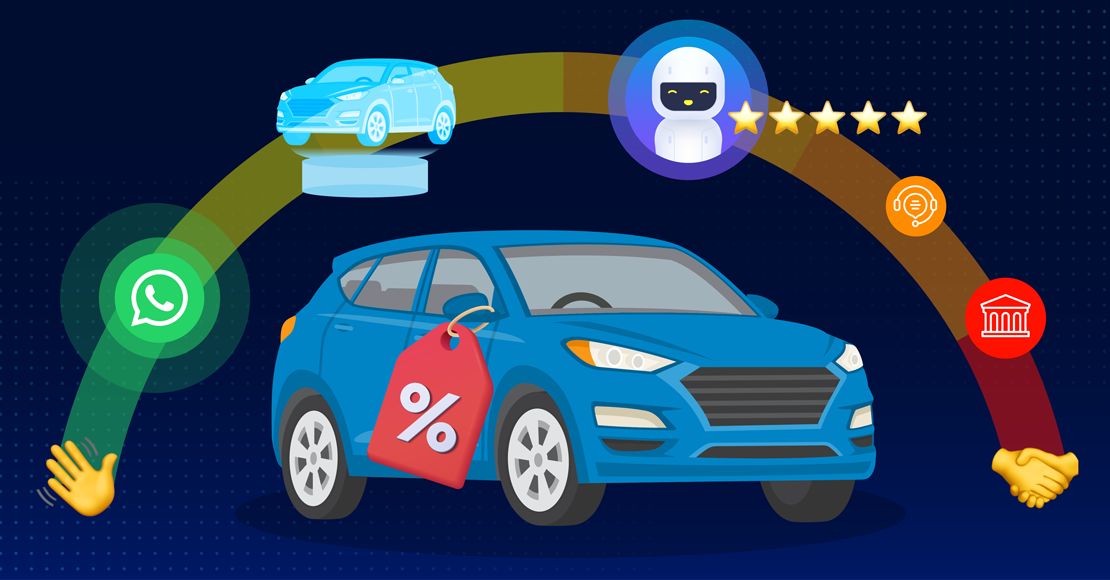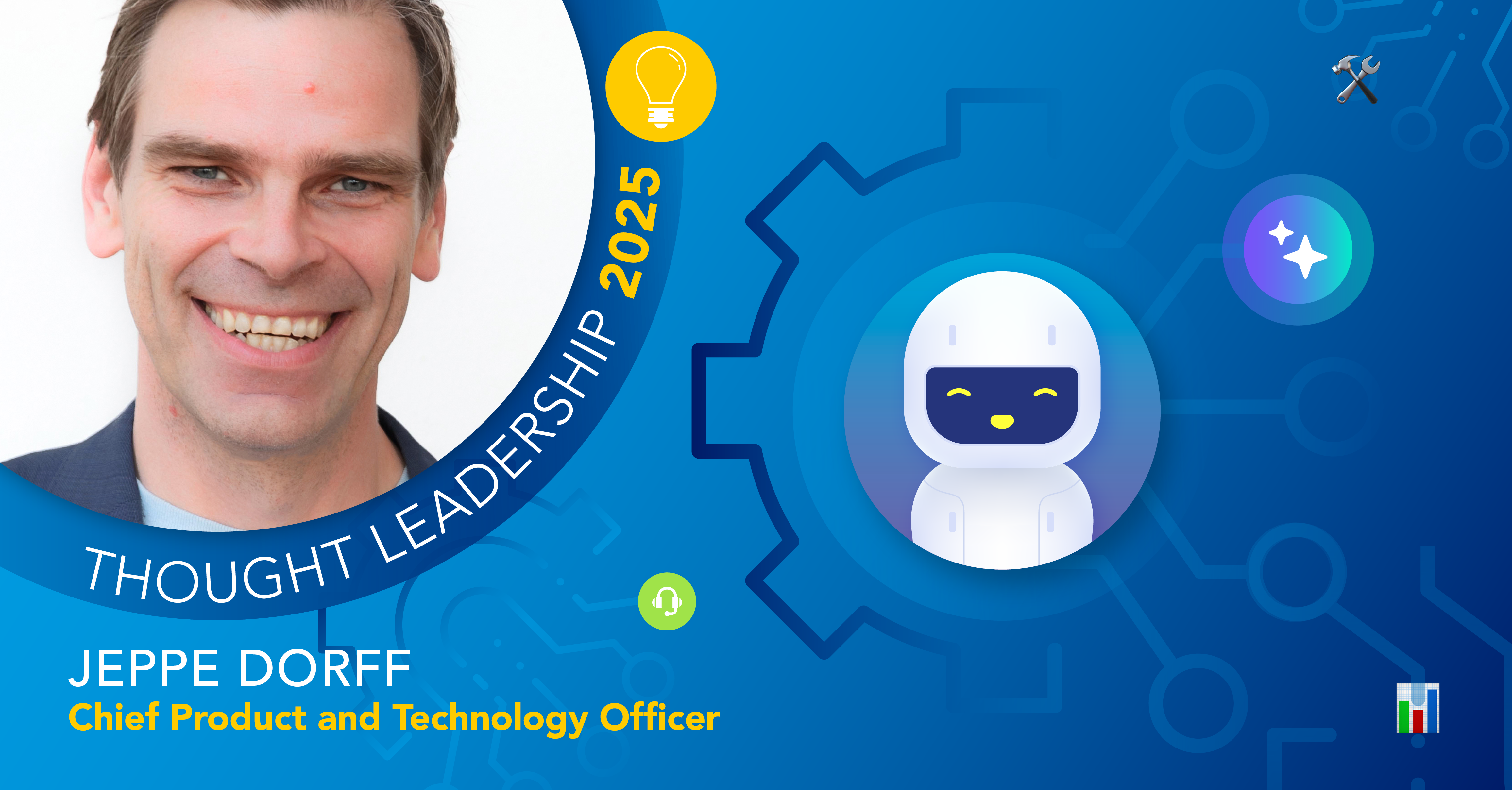
In our previous article, we profiled Barbara Gray’s intellectual journey and provided the foundation for the Value Pyramid. In this article, we will explore in detail and use and apply the Value Pyramid in evaluating a company’s strategic position.
We will look at and discuss the three sides of the Value Pyramid and look at the three levels of each beginning with Customer Capital.
Customer Capital
Barbara then walked us through each of the sides of the Value Pyramid: “If we look at the customer capital side of the value pyramid, the base layer is the functional value proposition. It’s the shell, and is about price, convenience and variety of choice. Now, what’s happened over the last decade in the age of Amazon is that companies trying to compete only at that level are getting destroyed. They have to move up one level to the emotional layer and build long term relationships with customers and create experiences. The peak of the customer capital side of the value pyramid is what I call the soul or psychological level. It’s about creating a psychological attachment with your customers because you have a real social mission. Examples of these social missions include: 1) creating community, such as lululemon and Starbucks (by creating ‘third places’), and 2) sustainability, for example, Whole Foods and Chipotle).”
“Another example is the sharing economy. If you think about Airbnb, their original mission was to allow you to belong anywhere, which is a community-based mission. And if you think about Uber, the original mission of Travis Kalanick was to make transportation as reliable as running water everywhere. It’s great to have a beautiful social mission, but it has to be aligned with the company’s revenue drivers. A good example of how this can work and then not work (pun kind of intended) isWeWork. Their original mission statement was:
‘Live the Life you Love’ which makes sense because when you’re working with your own business, you need to get inspired and that’s what the coffee cups say and the posters say when members walk in the door.
But in January of last year, they changed the company name from WeWork to The We Company and the new social mission was: ‘To Elevate the World’s Consciousness.’ That was way too abstract, it wasn’t aligned with any revenue driver, and was a huge red flag of what was to come!”
Key Take-Aways
1. Customer Capital. If companies choose to compete only at the functional level will struggle and ultimately fail.
2. Structural Capital. Companies that compete only at the physical level and do not move up to the digital and AI layers will fail.
3. Economic Capital. Companies that operate on the platform economy layer have been able to scale the supply side with no time or capital constraints, achieving exponential growth.
Structural Capital
“The next side is the structural capital side. In 2012, I started to look at LinkedIn, which had just gone public the year before, and I put out a 50-page research report. What I loved about LinkedIn was that it had built this structural asset database, and they figured out some way to get people to keep giving them all their updated information because that was the big problem before. With LinkedIn, if people move jobs, they update their information. My thesis was that they were building this incredibly valuable asset, and that’s essentially what Microsoft bought them for, the value of their database. If you think about the structural capital side in the retail industry, there is the physical layer such as stores, then if you go to the middle layer there is e-commerce, and then the top of the pyramid is the Artificial Intelligence layer. This represents the change in the way companies capture value through their capital investments.”
“If you think about Amazon, they’ve had the e-commerce layer for a long time. The reason why they bought Whole Foods in June 2016 was they wanted to add the physical component so they could build an emotional connection with their customers and actually establish physical touch points.
They knew that one day they would be delivering everything to us and wanting to do it almost every day. Since then they’ve got Amazon Books, they opened up the Amazon 4-Star store, and they’ve got Amazon Go - the cashier-less stores. They just opened up an Amazon grocery store in Seattle that’s 10,000 square feet with 5,000 SKUs and is the first real grocery store we’ve seen where you just walk in and walk out, so it’s pretty impressive. Then the big advantage Amazon has is clearly with the AI layer. They have Alexa with 10,000 employees working on it, it’s a huge advantage! If we look forward 5-10 years when voice commerce hits a tipping point, Amazon is going to be so far ahead because I don’t know how any of the other retailers, even Walmart, can catch up. It will be too expensive for them to build or buy their own Alexa. Now these retailers rely on Google Assistant, but the problem is they don’t own or control the customer relationship or the experience. With Alexa, Amazon basically has a direct pipeline into the marketplace.”
“If you look at Walmart in comparison, they have the physical layer with their stores. Then they bolted on the e-commerce layer with the acquisition of Jet.com a couple of years ago. They’ve been investing in AI, but their AI is mainly the robotics in their warehouses and their stores. This illustrates the difference in the advantage that Amazon has versus Walmart because they’re top heavy in terms of the AI and also the e-commerce layer. If you think about the last decade, it was all about digital transformation, every major company basically has become digital. The next level of change is that every company is going to have to adopt some sort of AI, either by building it themselves or by incorporating it somehow into their strategy or business model.”
Economic Capital
“The last side of the pyramid is economic capital. When I experienced Uber and Airbnb for the first time, I was so blown away that I wrote a post that published on LinkedIn called Social Capital: The Secret Behind Airbnb and Uber. It went viral and has been viewed by over 400,000 people on LinkedIn. At that time, Airbnb had 600,000 listings, now they’ve got 7 million. And Uber I believe was in around 30 cities, now they’re in over 800. Most companies operate under the traditional economic system with supply and demand constraints, but in the last decade we’ve seen the growth of these platform economy companies that have been able to scale the supply side with no time constraints and no capital constraints.
This is the reason why Airbnb has been able to get to 7 million listings and Uber has been able to offer their service in almost any city in the world.”
Societal, Technological and Economic Forces
Barbara explained how companies in this model are affected by different types of forces: “Each of these sides of the pyramid is affected by different forces. The customer side is about changes in societal forces, for example, the climate change movement could be put in that category. The structural side is about the advances in technological forces, for example, 5G and autonomous driving would fall in that category. Then the economic side is about the changes in economic forces. For example, coming out of the last big recession there was a very different mentality than we have now. What we’re seeing is a convergence of accelerating changes in societal, technological and economic forces that are coming together and creating this massive change. When people talk about the Fourth Industrial Revolution and all the changes happening, you can’t just look at the technological side. I keep stressing this to my clients, you also have to look at the humanity side which is where the customer capital and the economic capital sides come in. As an example, we are seeing all these negative effects now resulting from the platform economy (for example, the question of employment status and benefits for Uber drivers) which will affect these companies. It’s not just about the technology, the societal and economic forces also play a critical role!”
In part III of our interview with Barbara, we see how she applies this Value Pyramid model to the future of Banking and Finance, as well as discuss how novel factors such as the coronavirus could impact the economy.
Step into the future of business messaging.
SMS and two-way channels, automation, call center integration, payments - do it all with Clickatell's Chat Commerce platform.








